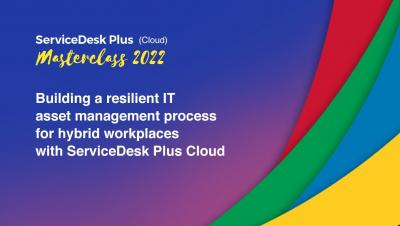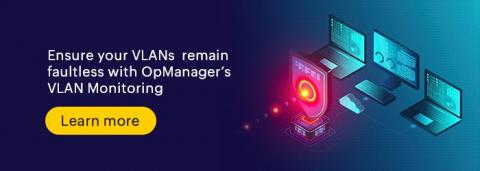6 must-have features in network configuration management
Network configuration management is a function that comprises assortment, monitoring and storage of information about every component that forms a network. The true purpose of such a solution is to come alive in time of any eventuality; it could be the need to update, upgrade, recover or could even be disaster management. The solution will provide all pertinent information at the hands of the IT operations team, enabling them to decide the course of action going forward.











